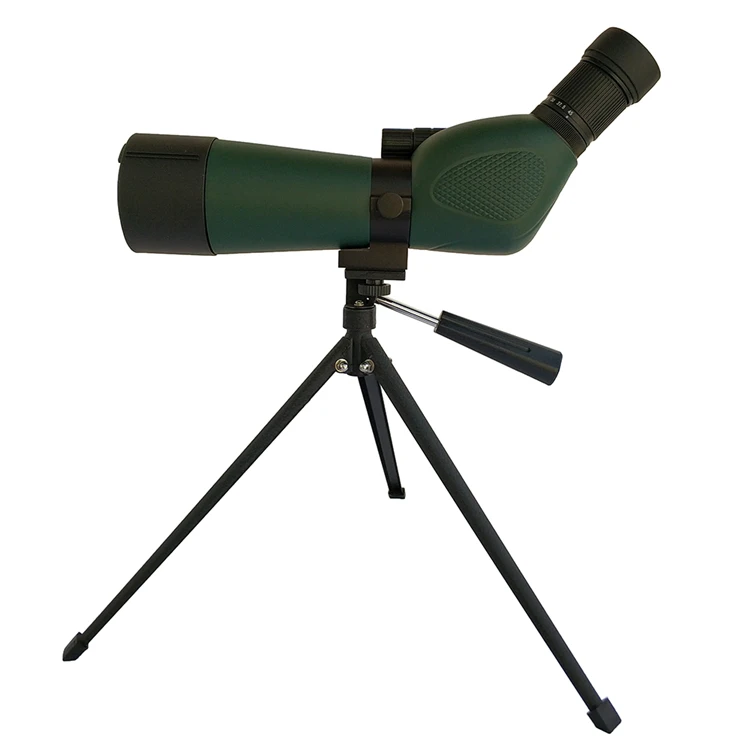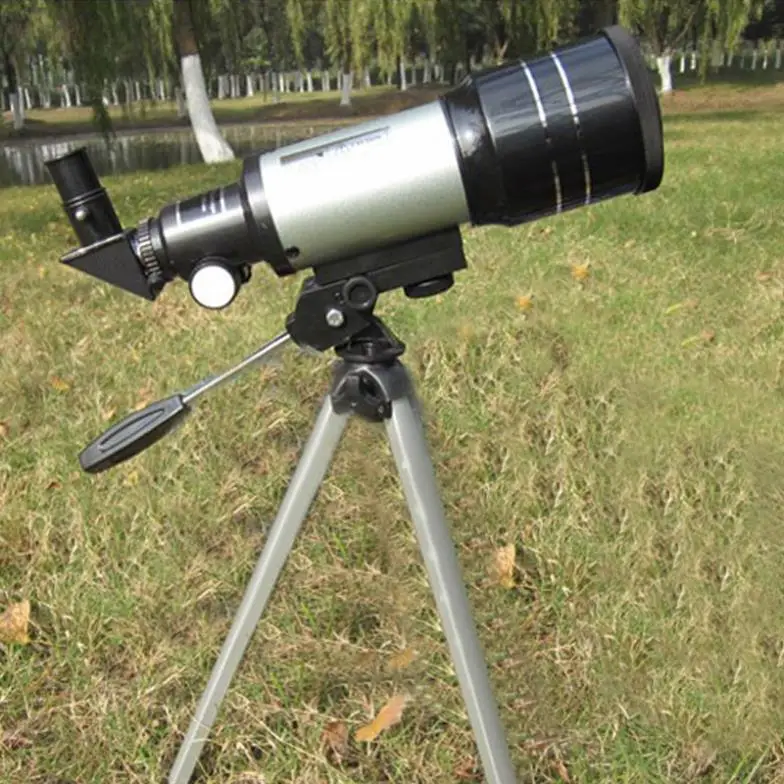
In summary, these are the following criteria:īelow you can read about the respective criteria and find out why it makes sense for you to purchase a device with this function or not.When it comes to optics, the main focus, pun intended, has always been on binoculars, followed closely by rangefinders and then spotting scopes. This will make it easier for you to get an overview and decide on a suitable and effective product. In the following, we will show you which criteria you can use to compare and evaluate monoculars. Go to top Buying criteria: Use these factors to compare and evaluate monoculars With magnifications of 5 to 10x, they are ideal for observing things in the distance. Monocular binoculars are small, handy and fit in any pocket. What are the characteristics of monocular binoculars and what are their advantages and disadvantages? To do this, we will introduce you to the four types of monoculars mentioned above and clearly explain what their advantages and disadvantages are in each case. In the following, we would like to help you find out which type of monocular is best suited for you. Decision: What types of monoculars are there and which is the right one for you?īasically, you can distinguish between four different types of monoculars:ĭepending on the intended use of a monocular, a different type of monocular is suitable for you. But if you plan to use your monocular a lot, you should expect to spend about 150 euros and get a high-quality device. Good monoculars are available from around 30 euros. As a hobby observer, however, you don't have to spend a lot of money. Monoculars come in a wide range of prices, from less than ten euros to thousands. This means that the image can be perceived the right way round again. Due to the 90° angle of the reflection prisms, the quadruple reflection produces a 180° rotation of the image when passing the porro prism. The incoming light beam passes through these prisms one after the other, resulting in a fourfold reflection of the light beam.

Porro prisms are so-called inverted prisms, which consist of two simple right-angled reflection prisms that are rotated 90° to each other. These prisms were invented by Ignazio Porro and patented as early as 1854. Porro is the abbreviation for porro prisms. How is a monocular constructed?Īs a rule, monoculars are built according to the Porro system. Photo monoculars are suitable for anyone who likes to take precise and beautiful snapshots, even with a mobile phone. Monoculars in general are suitable for anyone who likes to observe something near or far. (Photo: Hans / ) Who is a monocular suitable for? Unlike classic binoculars, they have only one lens through which you can see. With a monocular you can bring distant things close to your eye. 6 Buying criteria: Use these factors to compare and evaluate monoculars.5.4 What are the characteristics of a pirate telescope and what are its advantages and disadvantages?.5.3 What are the characteristics of a monocular night vision device and what are its advantages and disadvantages?.



 0 kommentar(er)
0 kommentar(er)
